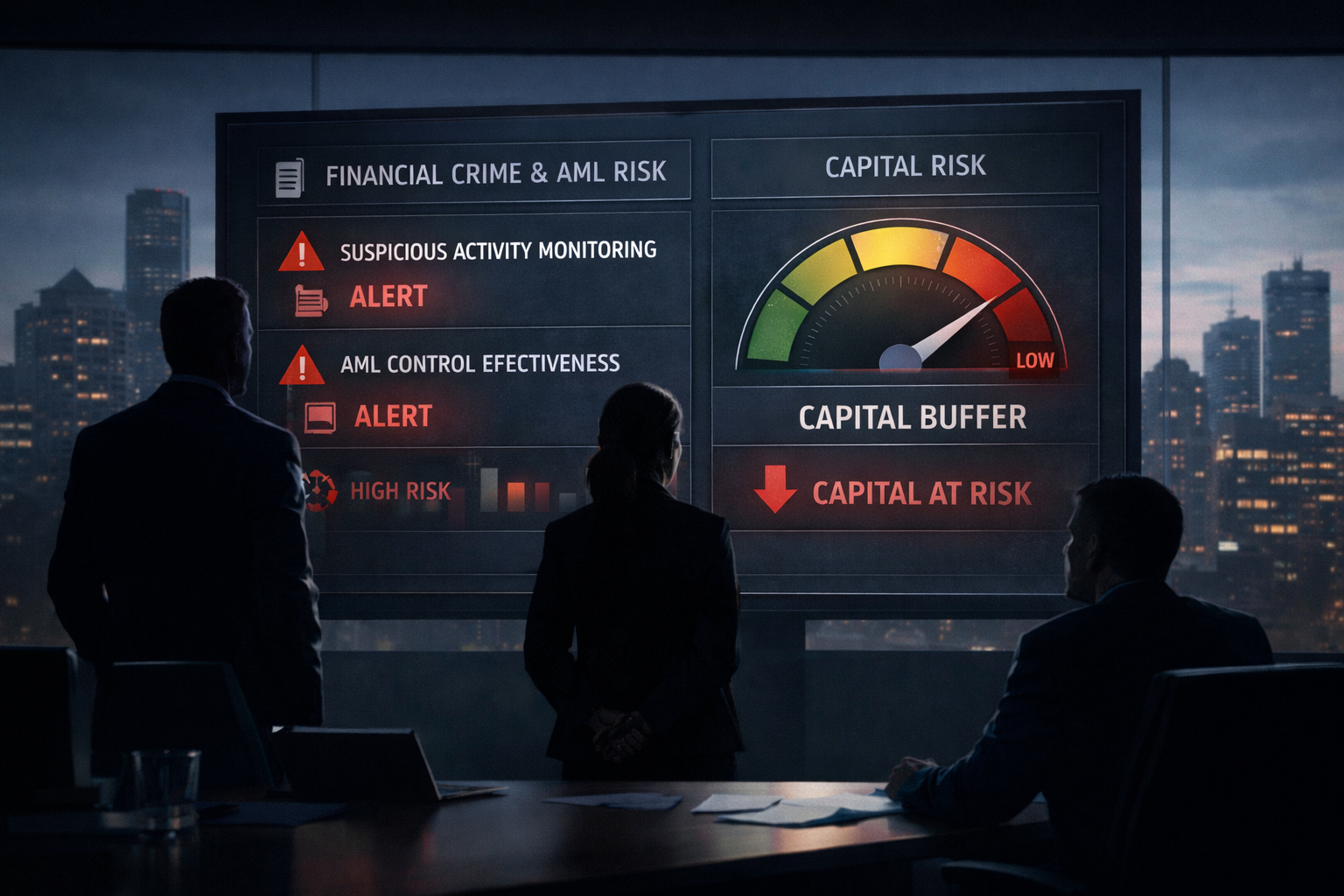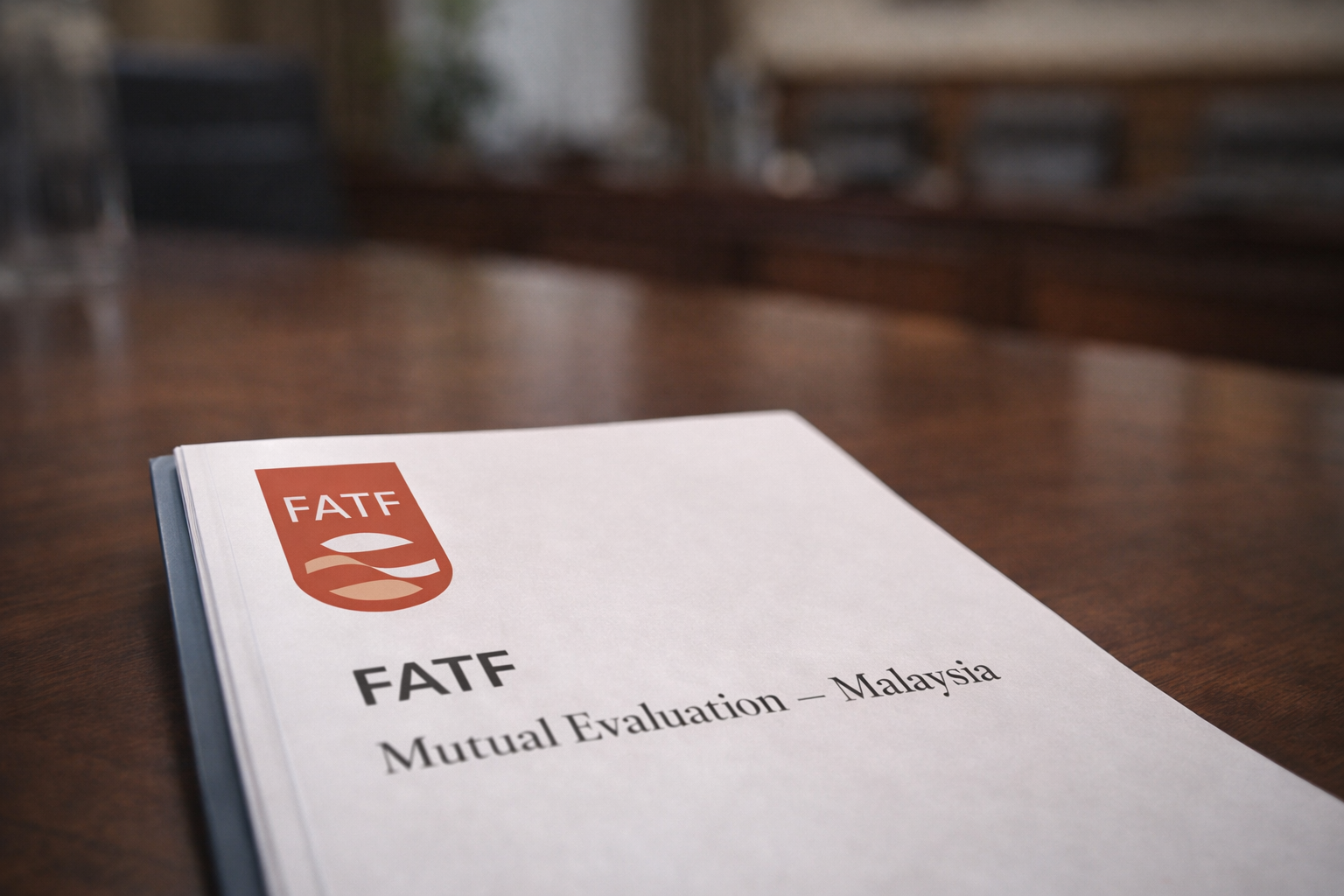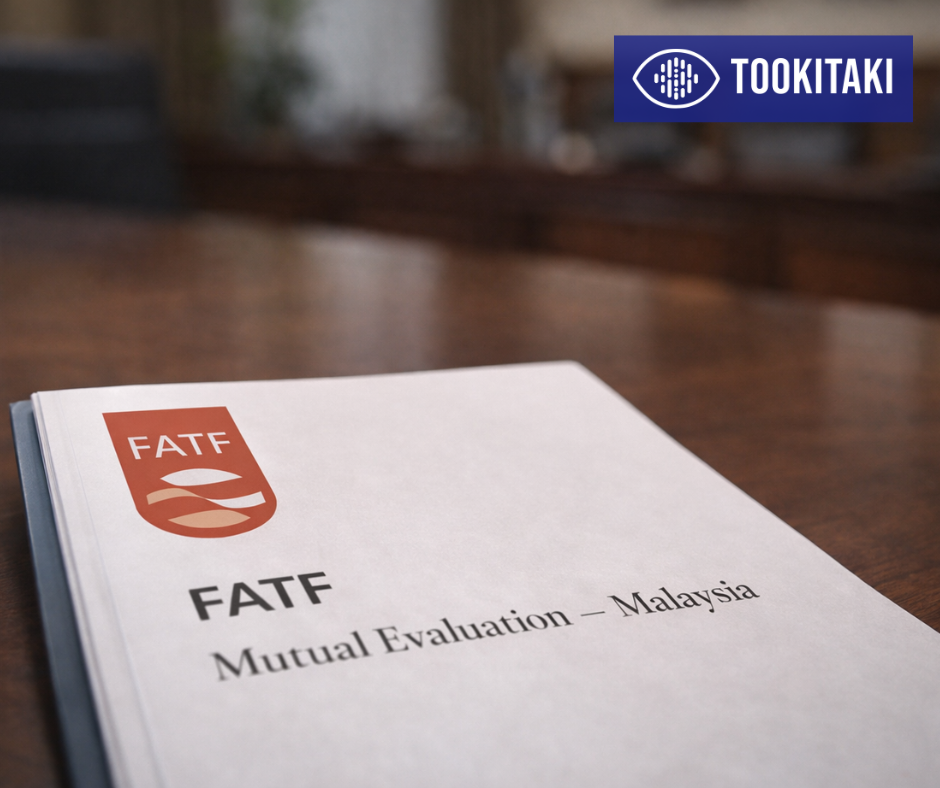Top Money Laundering Techniques That Criminals Use
.svg)
In the thrilling world of crime movies, terms like "money laundering" often pop up, making audiences wonder about the mysterious methods used by criminals to turn 'dirty' money into 'clean' cash. But money laundering isn't just a concept in fiction; it's a genuine problem in the real world, too. Money laundering is the act of disguising the source of illicit money to make it look like it comes from a legal source. To achieve this, criminals employ a range of techniques, which can be divided into traditional methods and newer, digital ones.
Traditional Money Laundering Techniques
Common money laundering techniques include the following:
Structuring or Smurfing
Smurfing involves breaking down large amounts of money into smaller, less suspicious amounts. These small sums are then deposited separately to avoid drawing attention.
Shell Companies
Shell Companies are fake companies set up purely to handle money. On paper, they might seem like they're offering a service or product, but in reality, they roexist just to move money around without drawing suspicion.
{{cta-first}}
Offshore Accounts
Criminals stash their illegal earnings in foreign banks. This way, the money is away from prying eyes and under different regulations, making it hard to trace.
Real-Estate Laundering
Buying property with illicit money is another method. Once bought, the property can be sold, turning the 'dirty' money into 'clean' profit from the sale.
Casino Laundering
Gamblers use illicit funds to buy casino chips, play for a bit, and then convert the chips back to money, making it seem like genuine gambling winnings.
Gambling
Using illicit money to gamble online or offline and then claiming the proceeds as genuine gambling winnings.
Bank Laundering
Sometimes even banks are involved, either willingly or unknowingly. Large transactions are disguised as genuine business deals, hiding the illicit origins.
Trade-Based Laundering
This involves over or under-invoicing for goods and services. By manipulating prices, money launderers can move money across borders without suspicion.
Cash Smuggling
As simple as it sounds, this is just physically moving cash to a different location, often across borders.
Front Companies
These are genuine businesses that also deal with illegal funds. They blend legal and illegal money to make everything seem legitimate.
Round Tripping
Money is sent out of a country and then quickly sent back, disguised as foreign investment, thus appearing clean.
Digital Money Laundering Methods
As technology advances, so do the methods criminals use. The digital age has given rise to a set of new money laundering techniques, many revolving around the internet and cryptocurrencies. Some of the modern money laundering techniques include:
Cryptocurrency Mixing or Tumbling
Criminals use services that mix potentially identifiable cryptocurrency funds with others, making it difficult to track them.
Layering through Cryptocurrencies
Just like smurfing but in the digital world. Small crypto transactions are made to mask the actual amount being transferred.
Read More: Money Laundering via Cryptocurrencies: All You Need to Know
Peer-to-Peer (P2P) Exchanges
These are platforms where one can buy or sell cryptocurrencies directly with other individuals, often without needing to provide personal information.
Privacy Coins
Some cryptocurrencies, like Monero or ZCash, are designed to be private and untraceable. They're perfect for those wanting to hide their transactions.
Shell Companies with Cryptocurrency Accounts
Combining the old with the new: shell companies now sometimes deal solely in cryptocurrencies, making detection even harder.
Online Gambling
Just like traditional gambling but online. Criminals use illegal funds to play online games or bet, then withdraw their 'winnings,' making the money appear legitimate.
Initial Coin Offerings (ICOs) and Token Sales
Criminals invest illicit money into new cryptocurrency startups. Once the tokens or coins increase in value, they sell them, turning the illicit funds into genuine investment returns.
Microtransactions
Tiny digital transactions, especially in online games or apps, can be used to move money without raising suspicions. By making thousands of these small transactions, significant amounts can be laundered.
Digital Payment Platforms
Platforms like PayPal or other online payment systems can be used to move money. By disguising transfers as genuine payments for goods or services, illicit funds can be hidden.
Dark Web Marketplaces
The hidden parts of the internet, known as the Dark Web, have marketplaces where illegal items, from drugs to weapons, are sold. Money can be laundered through these platforms, often using cryptocurrencies.
Digital Art and NFTs
Recent trends include buying digital art or NFTs (non-fungible tokens) with illicit funds. Once their value increases, they can be sold, making the money appear as legal earnings from investments.
Online Marketplaces
Sites like eBay or Amazon can be used to sell items at inflated prices to move money. By buying these overpriced items, criminals can transfer money without raising suspicion.
Digital Identity Theft
This involves stealing someone's online identity to conduct financial transactions, thus diverting the attention from the actual perpetrator.
Blockchain Anonymizers
Services that help in making blockchain transactions anonymous, further complicating the tracing process.
Phishing and Online Scams
While this is more about stealing money than laundering it, the proceeds from these scams often need laundering to prevent tracing back to the criminals.
Some Astounding Statistics on Money Laundering
It's estimated that globally, between $800 billion to $2 trillion gets laundered every year. That's up to 5% of the world's GDP! The digital age, especially with the advent of cryptocurrencies, has made detection harder. Recent studies show that less than 1% of global illicit financial flows are currently being seized and frozen.
More Statistics on Money Laundering
Detecting Money Laundering
Despite the complexities, both traditional and digital money laundering leave traces. Unusual transaction patterns, especially ones that seem designed to avoid regulatory reporting limits, can be a tell-tale sign. For digital transactions, the public nature of most blockchain transactions means they can be audited, even if the parties involved remain anonymous.
Preventing Money Laundering
Educating the public and businesses about money laundering techniques can make a difference. The more people can recognize suspicious activities, the harder it becomes for criminals. Financial institutions and other businesses should also have stringent Know Your Customer (KYC) and Anti Money Laundering (AML) procedures in place.
Tookitaki’s AML Suite to Help Your Business
In today's technologically advanced age, criminals are coming up with more sophisticated money laundering techniques. But with every challenge comes an opportunity – an opportunity to fight back with even more advanced tools. That’s where Tookitaki steps in.
{{cta-ebook}}
Tookitaki’s Anti-Money Laundering Suite (AMLS) offers businesses an innovative approach to detect and prevent money laundering activities. Built on advanced machine learning models, it offers the following advantages:
- Enhanced Detection: Traditional methods might miss new patterns of money laundering. With community-sourced insights, Tookitaki's AMLS constantly learns from new data, improving its detection rates over time.
- Reduced False Positives: False alerts can be a drain on resources. AMLS significantly reduces these, ensuring compliance teams focus on genuine threats.
- Holistic Customer View: It offers a comprehensive understanding of customer behaviour, which aids in more accurate risk profiling.
- Scalability: Whether you're a startup or a large corporation, Tookitaki’s AMLS scales according to your needs.
Using tools like Tookitaki’s AML Suite helps businesses stay compliant and contributes to the broader fight against financial crimes. As money laundering techniques get more sophisticated, businesses and institutions must arm themselves with the best tools to detect and prevent these illegal activities.
Final Thoughts
Money laundering, whether done through traditional or digital means, poses a significant threat to economies worldwide. While the methods have evolved, the objective remains: to make ill-gotten money appear legal. Understanding these techniques is the first step in preventing them. As criminals innovate, so should businesses and regulators. And with advanced tools like Tookitaki’s AML Suite, the fight against this financial crime is well-equipped.
By staying informed and leveraging the latest technology, we can create a robust front against money laundering, ensuring our economies are protected and criminals find no refuge for their illicit gains.
Money laundering poses a threat to national security as well as the global economy. Because of the costs associated with battling the vice through increased anti-money laundering expenditures, such as the acquisition of anti-money laundering software, financial institutions’ profitability is jeopardised. Furthermore, enacting anti-money laundering legislation incurs significant expenditures for countries. SARs from financial institutions help authorities catch money launderers.
Experience the most intelligent AML and fraud prevention platform
Experience the most intelligent AML and fraud prevention platform
Experience the most intelligent AML and fraud prevention platform
Top AML Scenarios in ASEAN

The Role of AML Software in Compliance









